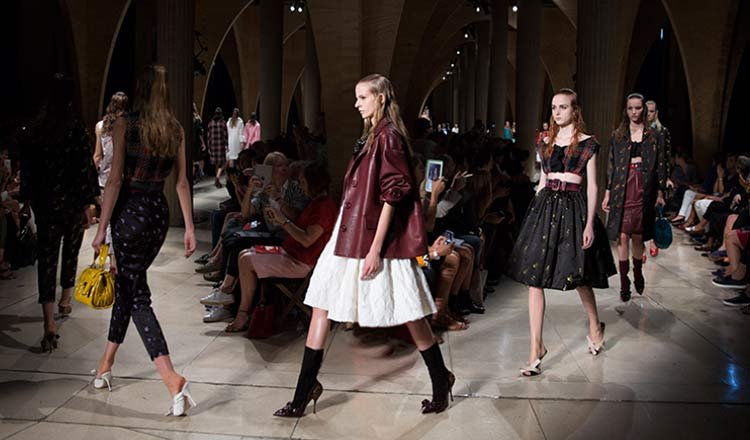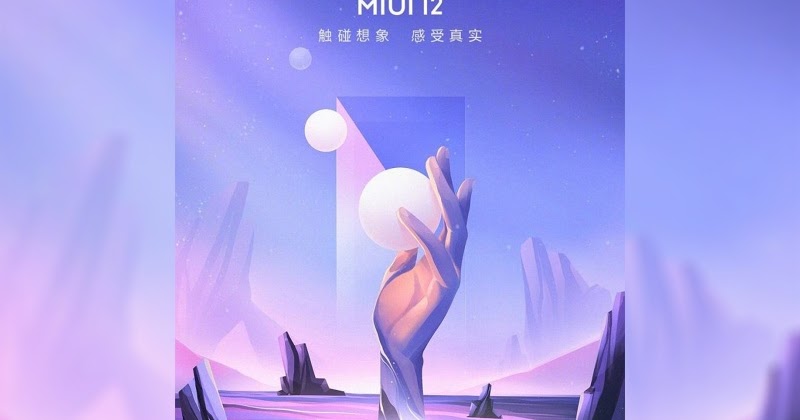
- #Mui dark mode switch how to
- #Mui dark mode switch full
- #Mui dark mode switch android
- #Mui dark mode switch tv
#Mui dark mode switch full
I have tried many solutions but cannot seem to get it to work.Īt the moment I am doing the following within _app.js (this is merely a snippet, full code in link): const = useState(false) Ĭonst mode = localStorage. By default Material UI implements theme using light mode, however, we can change the look of our components by making palette.type equal to dark. While its only a single property value change, internally it modifies several palette values. You can make the theme dark by setting type: dark.

height: calc (var (-toggle-height) - (var (-toggle-padding) 2)) CSS variables + calc () functions here allow us to alter the width / height of the toggle, with all internal elements automatically resizing in proportion. This video teaches users about the palette.type property Material UI uses when generating theme configuration objects. Dark Mode with Material-UI According to their documentation, Material-UI comes with two palette types, light (the default) and dark. However, on page refresh it goes back to a false state. Well create a new file called ThemeToggle.js and place it in a components directory. the darkClass and lightClass classes to the preview iframe if you turn on the stylePreview option. The Theme.MaterialComponents theme is a static dark theme, whereas is a more dynamic theme which will help facilitate easy switching between your apps Light and Dark theme.
#Mui dark mode switch tv
Dark mode will show up on your Switch tablet, and on your TV screen when your Switch is connected to the Dock.
#Mui dark mode switch android
Originally, system-wide dark mode is available exclusively on Android 9.0 Pie and its successor the Android 10 also inherits this feature obviously.
#Mui dark mode switch how to
For example, let’s see how to set our app to always be in dark mode. We also have the option to set the appearance (theme) that our application will have as determined, regardless of the system configuration.

This means, there may be other tags available for this package, such as next to indicate future releases, or stable to indicate stable releases. Let’s continue with setting the system theme. Once activated, its views are easy and gentle on eyes. mui-theme-switcher has more than a single and default latest tag published for the npm package. How to enable Dark Mode on Nintendo Switch Launch System Settings from the Home screen on your Nintendo Switch. Many users are getting bored with the default light mode dominated by a mostly white background. When toggling it sets the state to either true or false and sets it in the localStorage. Toggle between light and dark mode in Storybook. If youd prefer to switch your Nintendo Switch to Dark Mode, heres how. If you make your background white, it turns it black without asking you. It even ignores styles made specifically for dark mode. I have not found any way to override this.

I am setting the state with the help of createContext since the toggle button is inside a component. Unfortunately games do not appear in individual apps and dark mode is simply forced on them. The problem is that I cannot seem to get dark mode persistent once it has been set. Import = useSwitch(props) Ĭonst mode = stateClasses.I am trying to get dark mode working in a Next.js app with MUI.


 0 kommentar(er)
0 kommentar(er)
